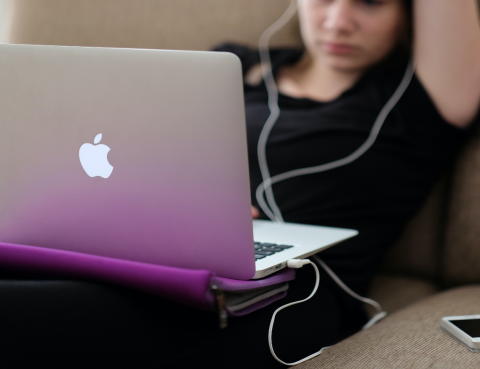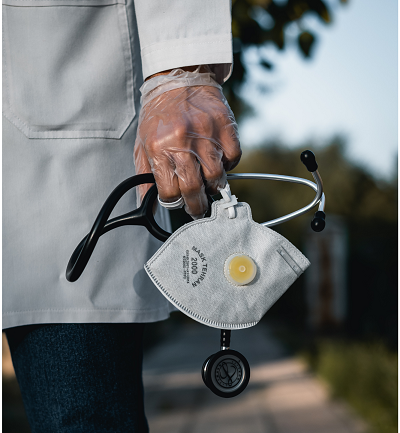ADAA Mental Health Blogs for the Public
Much of the mental health community is moving to teletherapy. While some parents and providers have experienced this type of therapy before, for many it’s brand new! Here are 10 teletherapy tips to help kids and teens get the most out of their teletherapy sessions:
1. Find a space.
You know that anxious feeling when you’re not sure what others think of you, leaving you with a sneaking suspicion that you’re making a fool of yourself? It’s called social anxiety. And while everyone has some social anxiety, for many, high social anxiety gets in the way of meaningful social connections and quality of life.
Experts suggest that the surge of COVID-19 patients is still coming for many hospitals in the United States and throughout the world. Health care workers on the frontline are waiting for a wave, a wave of unknown height and unknown force to hit the hospitals. In some areas that wave has already begun. Faced with harrowing tales from Italy and China, hospitals count supplies, teams shift staffing schedules, and providers fear the worst.
Yesterday I received an email from a former client with the subject line HELP!! Six months ago, Angie came to me with contamination OCD. Obsessed with germs, Angie washed her hands and used hand sanitizer compulsively, avoiding touching everything from the door handles to the magazines and armrests in the waiting room of my office. (Just like we all are now.) Working together, using incrementally progressive exposure response prevention, Angie’s obsessions and compulsions faded, and satisfied, she ended therapy.
Major crises raise people’s concern for personal safety and heighten anxiety. One effect of this heightened anxiety is that it can intensify bias and discrimination as we start focusing our attention on our own well-being. Throughout the COVID-19 crisis many individuals with disabilities and those managing medical conditions who face additional hurdles due to the alterations and disruptions to their lives have been reporting a lack of sensitivity towards their needs.
As many in the United States (US) stay home and practice social distancing to protect themselves from COVID-19, individuals from lower socioeconomic status (SES) backgrounds face heightened barriers and risks.














